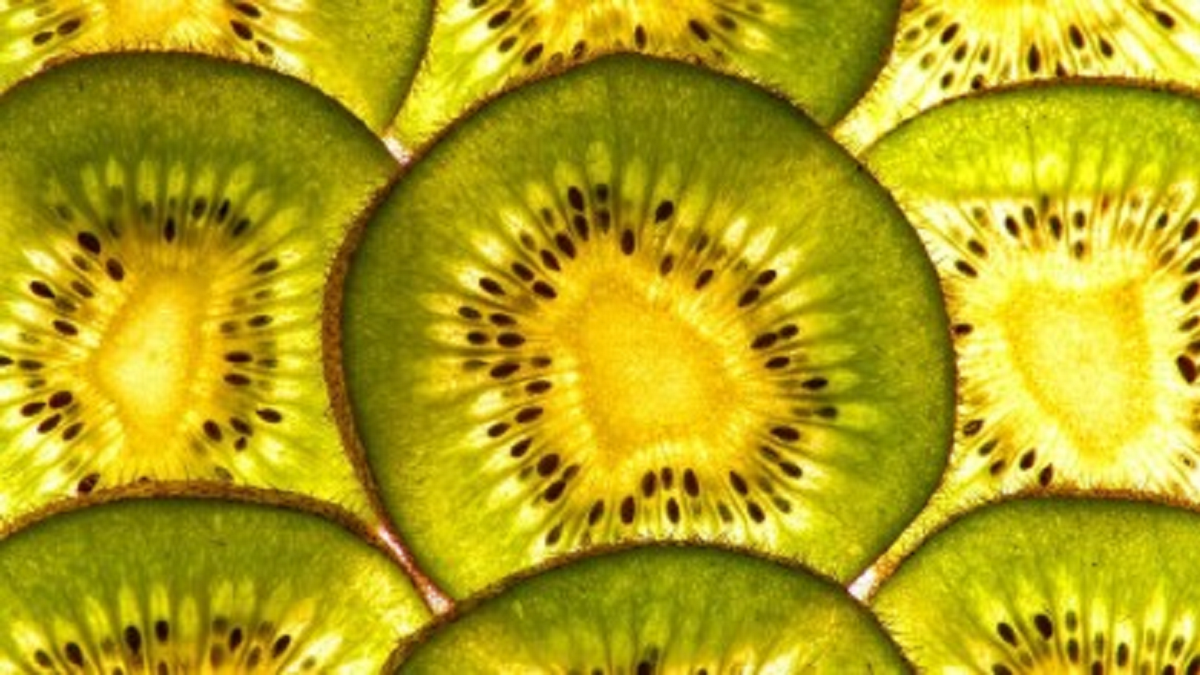News
Magnetic field affect fruit preservation - An example with pectinase activity in sapodilla
In this study, regulation mechanism of magnetic field on pectinase was investigated and it was preliminarily applied in postharvest sapodilla. Results indicated pectinase activity decreased by 44% when treated by magnetic field (3 mT, 0.5 h) with kinetic parameters Vmax/Km decreasing from 0.799 to 0.366 min. The optimal temperature (48 ?) and pH (4.8) of pectinase was not altered by magnetic field but Ca2+ at 0.05 mol L-1 strengthened its regulation effect. Ultraviolet and fluorescence spectra suggested tyrosine
19 January, 2023
In this study, regulation mechanism of magnetic field on pectinase was investigated and it was preliminarily applied in postharvest sapodilla. Results indicated pectinase activity decreased by 44% when treated by magnetic field (3 mT, 0.5 h) with kinetic parameters Vmax/Km decreasing from 0.799 to 0.366 min. The optimal temperature (48 ?) and pH (4.8) of pectinase was not altered by magnetic field but Ca2+ at 0.05 mol L-1 strengthened its regulation effect. Ultraviolet and fluorescence spectra suggested tyrosine and tryptophan residues in treated pectinase became more hydrophobic while opposite in phenylalanine. C=O, C-N-H, COO? groups in pectinase were also influenced, resulting in decreased ?-sheet (from 53% to 49%), increased random coil (from 20% to 22%) and ?-turn content (from 27% to 29%). More importantly, the firmness of treated sapodilla remained 45% of maximum at 12 days? storage. Our findings provided new insights to illustrate the role of magnetic field in fruit preservation. SourcesRegulation mechanism of magnetic field on pectinase and its preliminary application in postharvest sapodilla (Manilkara zapota)Peng-peng Sun, Ying Liu, Wei Wang, Guo-jun Song, Yuan-yuan RenFood Chemistry, Available online 24 December 2022, 135300https://www.sciencedirect.com/science/article/abs/pii/S0308814622032629https://doi.org/10.1016/j.foodchem.2022.135300 Picture, Northeastern University, How Magnets Workhttps://ece.northeastern.edu/fac-ece/nian/mom/work.html










